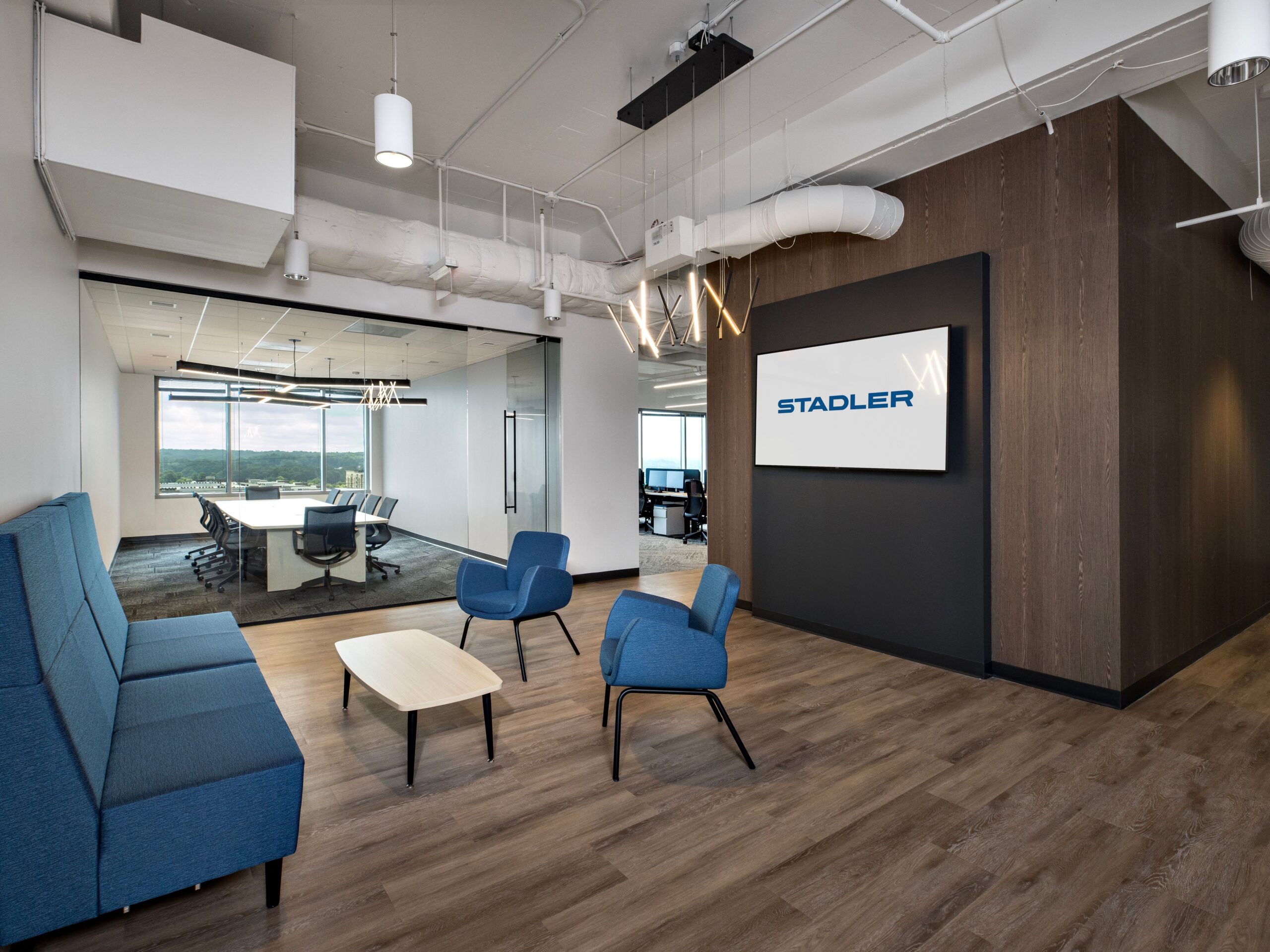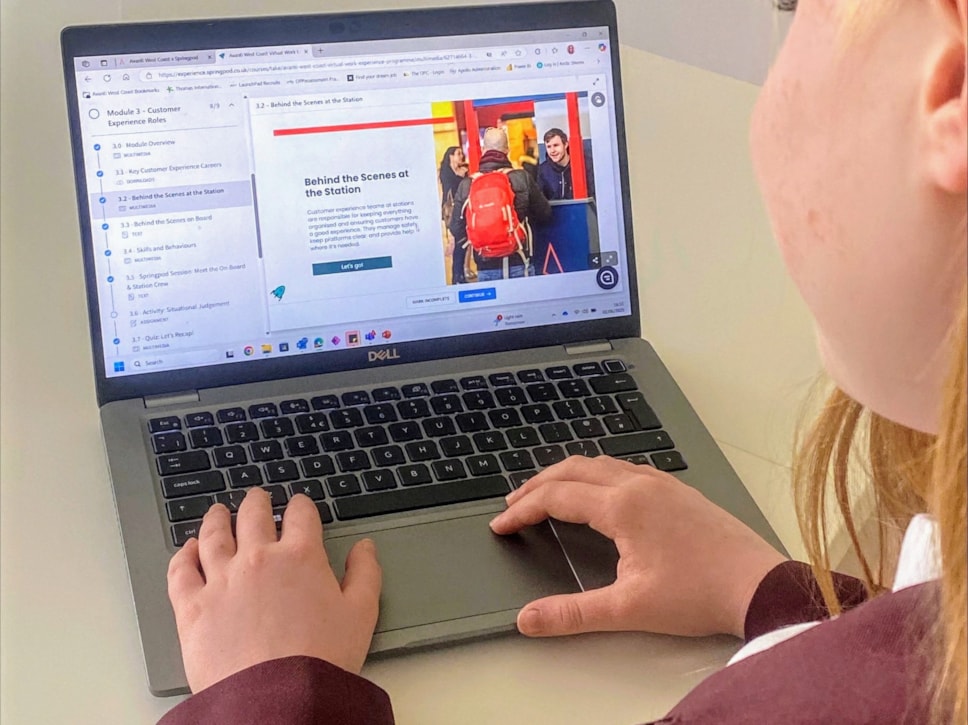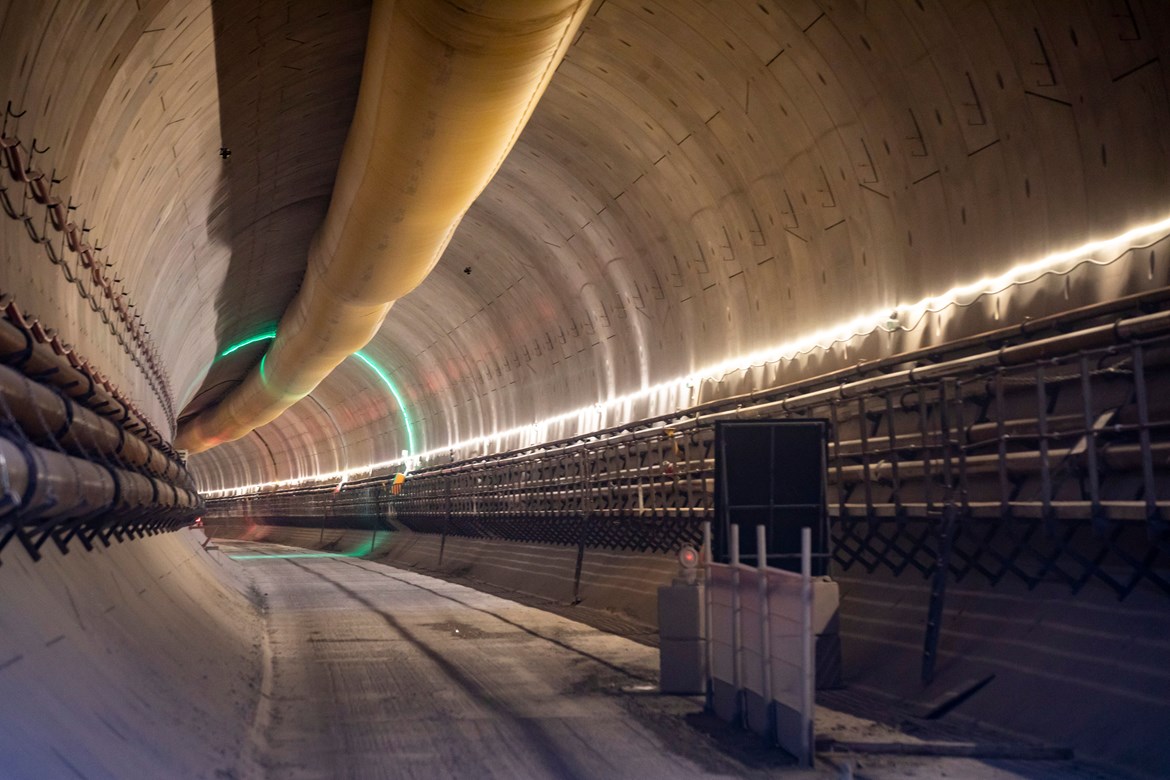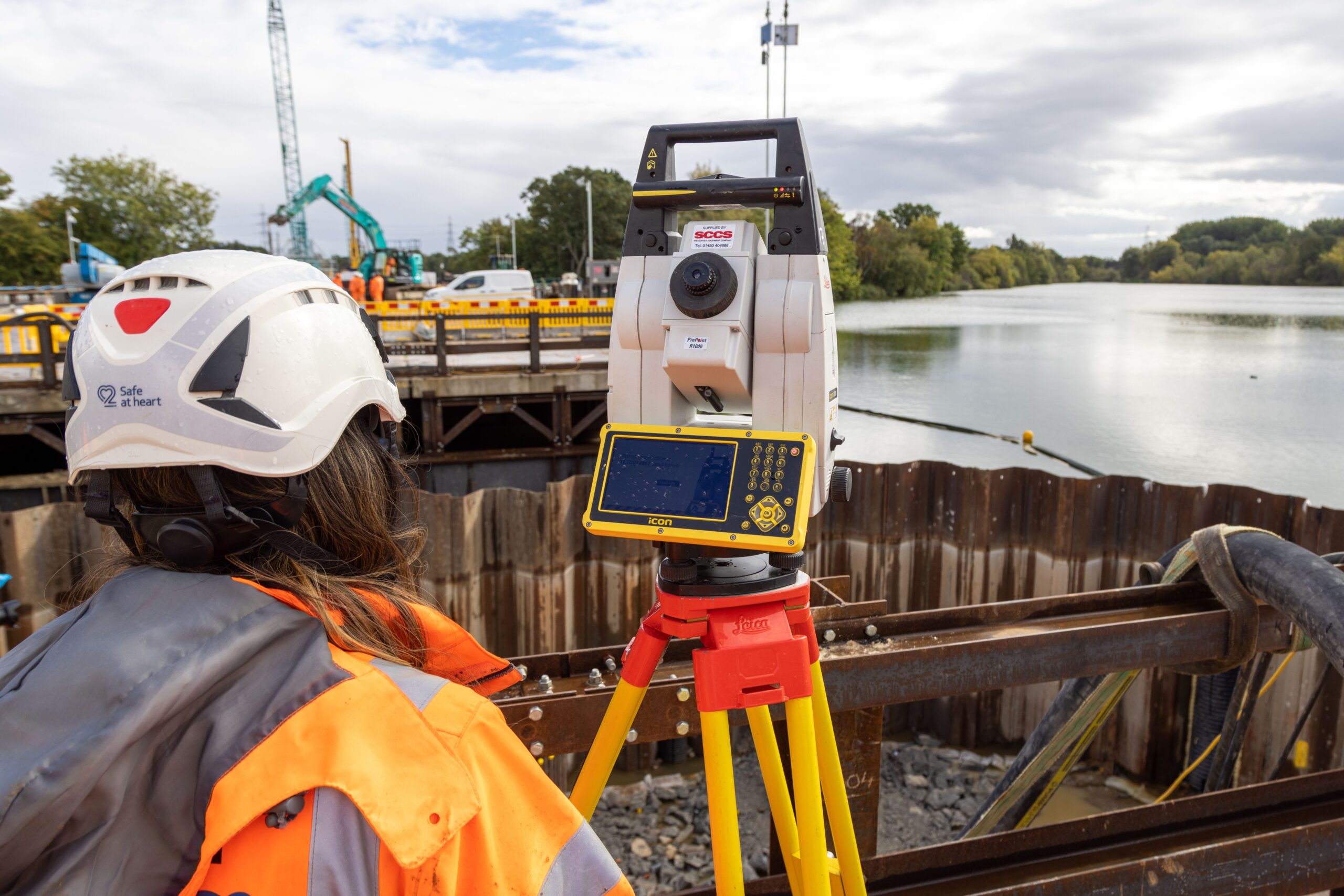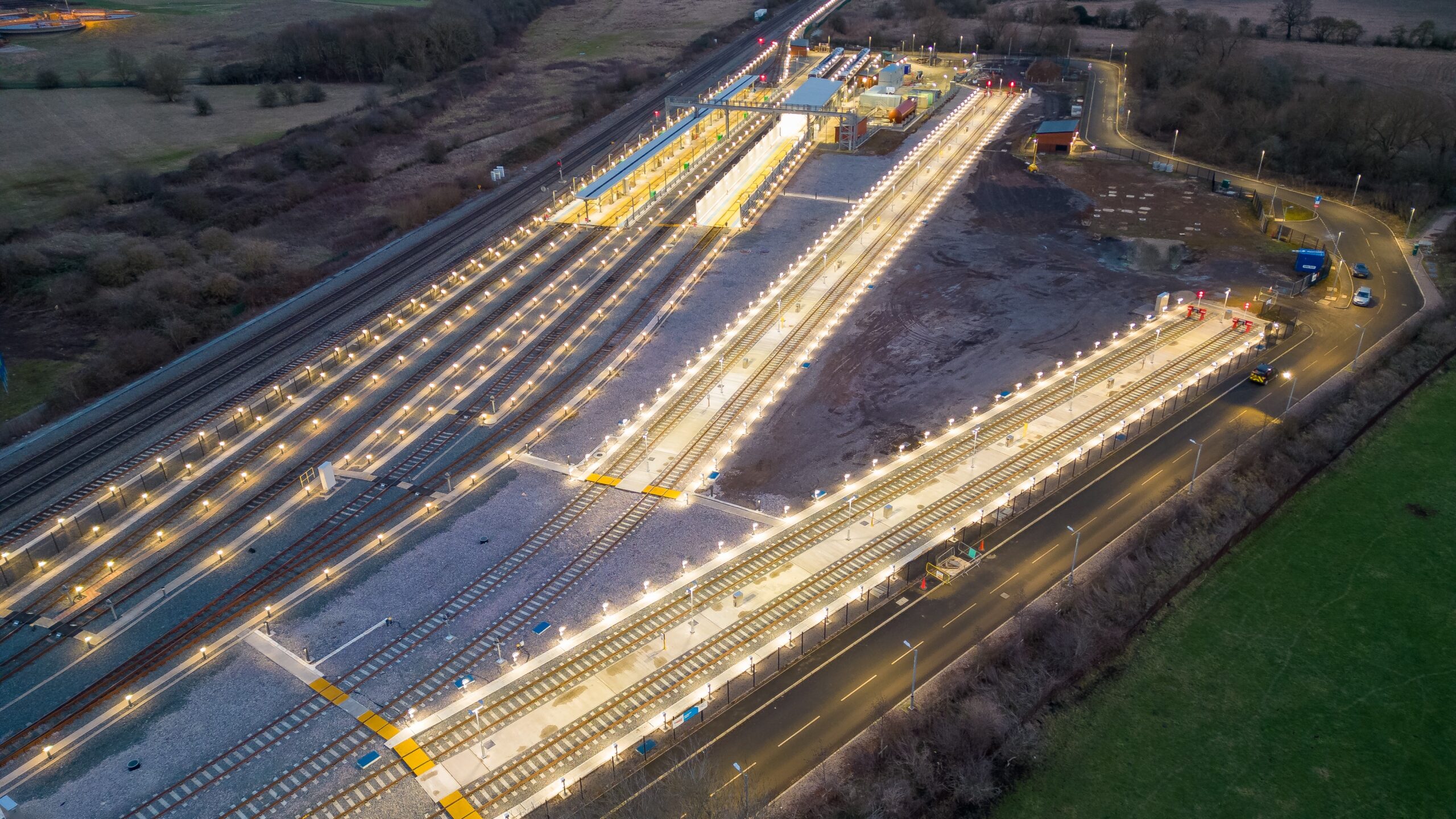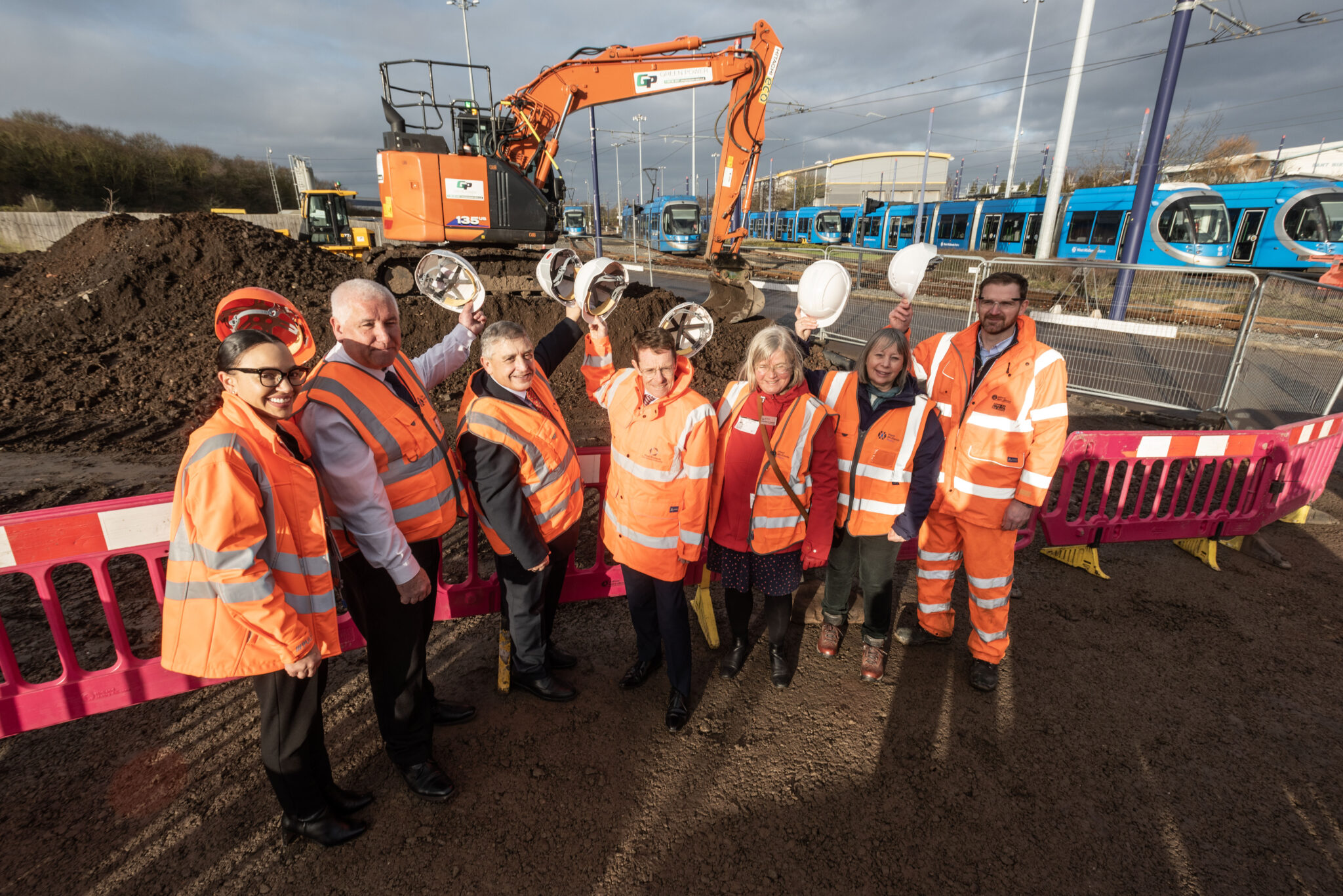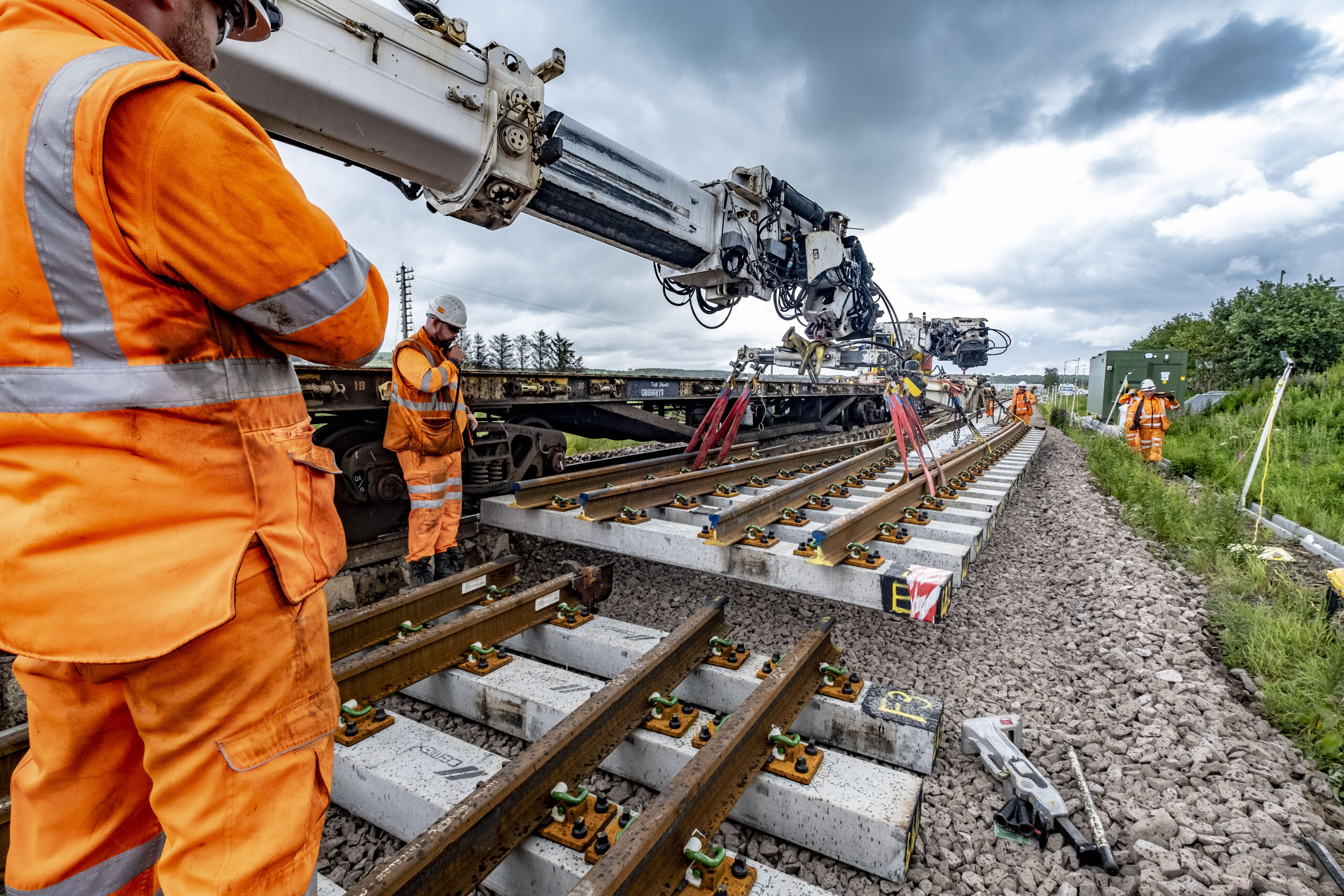The Rail Safety and Standards Board (RSSB) has partnered with the University of Sheffield to develop a tool that will help predict low-adhesion track conditions using artificial intelligence (AI)
This research project is exploring how detailed information on local conditions can be used to reduce seasonal train delays caused by ‘leaves on the line’.

Particularly in Autumn, temperature, humidity and the presence of leaves or other contaminants can impact the level of adhesion between the train wheel and the rail.
Low-adhesion track conditions can cause delays and result in station and signal overruns. This is thus a safety and operational issue that currently costs the rail industry around 350 million GBP each year.
Paul Gray, Professional Lead Engineering, RSSB said:While people may think of leaves on the line as a joke, or just an excuse used when a train is delayed, the reality is that it's a very serious issue for the rail industry. Low adhesion causes significant safety risks and operational problems, costing millions of pounds to manage.
Our new research project will use artificial intelligence and data analysis to predict and identify where and when low adhesion is going to occur on the rail network. This will allow targeted action at these specific locations, to help manage the safety risks and reduce delays.
RSSB’s project will use AI to analyse data and high-resolution video footage. This process then aims to deliver more accurate predictions regarding friction at the wheel-rail interface.
In time for Autumn 2023, an online tool will be created to allow users to enter data that will generate friction predictions for anywhere on the rail network.
Roger Lewis, Professor of Mechanical Engineering, University of Sheffield, said:It is very exciting for the team at Sheffield and RSSB that our fundamental analysis of the causes of low adhesion as well as our extensive collection of data from track is now coming together to enable the development of the AI friction prediction tool that will help the railway industry with performance and safety issues around Autumn.

















